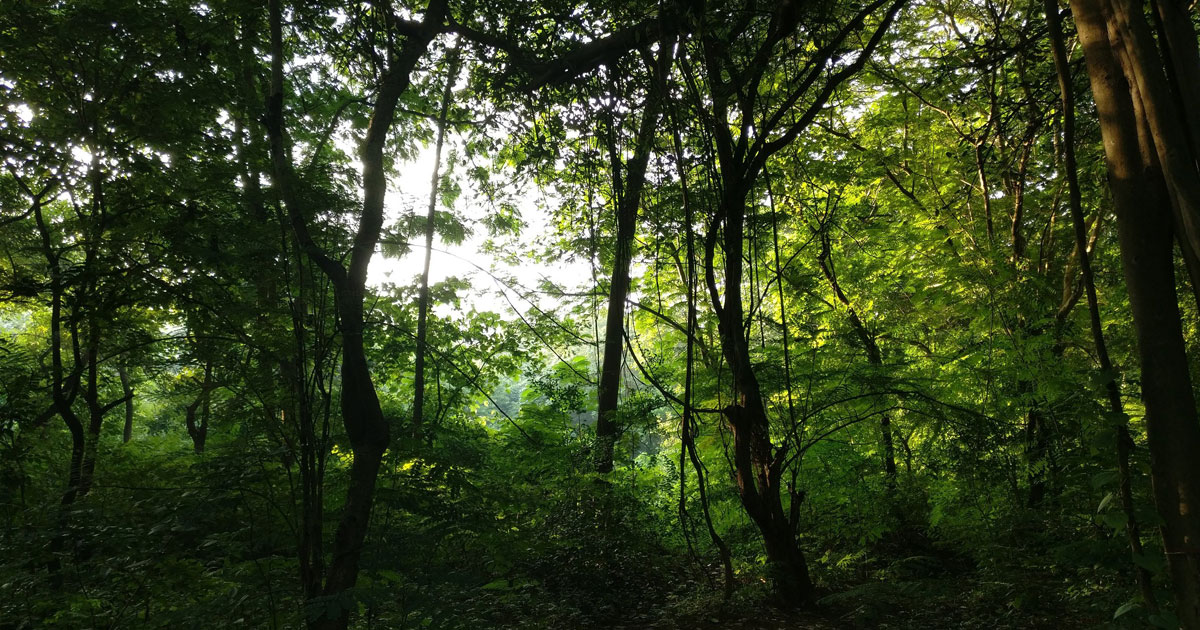This Wednesday the Maharashtra government made a phenomenal move by deciding to declare 600 acres of land in the Aarey Milk Colony near the Sanjay Gandhi National Park in Mumbai as a reserve forest and conserve it.
The state government has decided to constitute the land as a reserve forest under Section 4 of the Indian Forest Act, said Environment Minister Aaditya Thackeray in a tweet. The Minister further added that the move is just the first phase under which all rights of Adivasi communities will stand protected and there would be no rehabilitation of slum dwellers in the area.
Approx 600 acres of open land being declared as forest while all rights of Adivasi communities will stand protected. Rehabilitation of slums within the area would be expedited.
This wld be phase 1 for which the Forest Dept will move a proposal. (2/n)— Aaditya Thackeray (@AUThackeray) September 2, 2020
He assured that the phase 2 survey of the remaining area of the Aarey forest will happen soon in order to protect the flora and fauna.
Aarey Colony falls within the eco-sensitive zone of Sanjay Gandhi National Park and is an urban, degraded forest with over 5 lakh mixed moist deciduous trees. The area acts as a buffer between SGNP and the city, being one of the few green spaces (spread over 3000 acres) left in Mumbai. It is also home to 9 resident leopards and has a rich biodiversity of flora and fauna. To date, original Adivasis live in 27 tribal hamlets in Aarey.

Controversy arose when 3500 trees were set to be cut for the construction of metro car shed and other commercial and government infrastructure. About 250-300 trees were already fallen overnight when citizen activists stood up to save the forest back in 2019. Then they all formed the Save Aarey campaign that has been requesting the government to relocate the car shed to an alternative location. Experts from NEERI and IIT have suggested 7 other alternate sites as options and warned of the consequences Mumbai will face in terms of flooding and loss of open space & wildlife if the depot is built in Aarey forest.
The State Government’s decision has been widely welcomed by the activists who have been fighting to save the area.
LifeBeyondNumbers talked to some of the volunteers of the Save Aarey campaign who have been actively contributing to the cause.
Nirali Vaidya
Nirali Vaidya who originally works at an advertising agency in Mumbai was the first citizen who posted the petition on change.org to save Aarey. About 727,058 people have already signed the petition which is one of the major fuelling factors that has led to the conservation.
Cassandra Nazareth
Cassandra Nazareth works for the upliftment of Worli women that stay in the Aarey forest. She is a resident of Borivali and is also working to save the mangroves (not part of Aarey) that are likely to be cut for the metro rail construction in Mumbai.
Shedding light on the previous government’s stand on Aarey Cassandra said, “I remember a girl was simply holding a poster reading the word Aarey at the bus stop. The police back then asked her to move from the place. Things were not good and the struggle has been long.”
Mansha
Mansha is a freelance consultant for the social sector. She helps the Aarey movement with research and helps with the social media campaigns for Aarey.
Tanmay Shinde
Tanmay is one of the younger activists of Aarey. He is currently pursuing a bachelor’s in IT. He has been working for Aarey for over 3 and a half years.
Nothing will be able to replace the Aarey forest if it is gone. We need to understand and know that a single leafy tree is estimated to produce a day’s supply of oxygen for anywhere from 2 to 10 people. So, especially in an urban concrete jungle, every effort should be made to conserve as much greenery we can.
As responsible humans, it remains our duty to do our bit so that the generations to come can breathe easy. No?

